Frogs are a fascinating group of amphibians, with over 6,000 species inhabiting our planet. Among them are some truly bizarre and unique types that stand out due to their unusual characteristics. Here’s a look at seven of the weirdest frogs in the world, detailing what makes them so special and where they can be found.
Table of Contents
Hairy Frog (Trichobatrachus robustus)
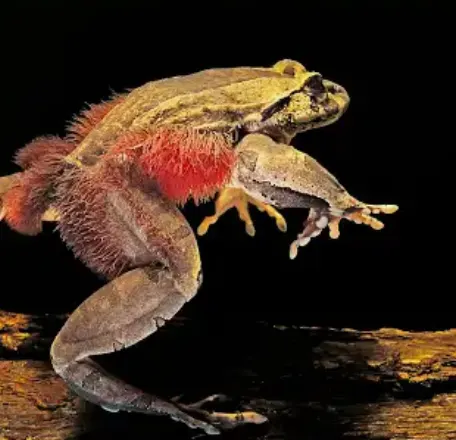
Known as the hairy frog, horror frog, or Wolverine frog, this species is native to Central Africa. Male hairy frogs develop hair-like structures on their bodies and thighs during the breeding season. Even more intriguingly, these frogs have retractable “claws.” When threatened, they intentionally break their toe bones, which then protrude through their skin to serve as claws. In some local cultures, these frogs are hunted and consumed for their supposed fertility-boosting properties.
Purple Frog (Nasikabatrachus sahyadrensis)
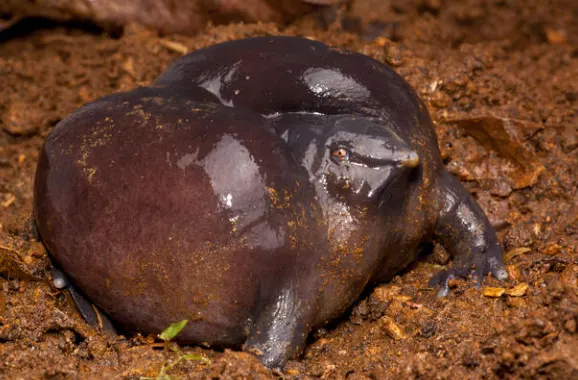
The purple frog, also known as the Indian purple frog or pignose frog, is an endemic species to the Western Ghats in India. This rare frog is notable for its purple coloration and distinctive snout, which is adapted for feeding on termites underground. Despite being known in its juvenile form since 1917, the adult purple frog was only described in 2003. These frogs spend most of their lives underground, emerging only during the monsoon season to mate.
Amazonian Horned Frog (Ceratophrys cornuta)
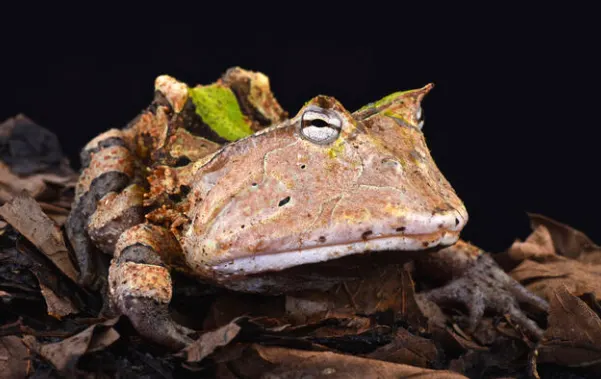
The Amazonian horned frog, or Surinam horned frog, is native to the northern regions of South America. This species is recognized for the horn-like projections above its eyes. Females can lay up to 1,000 eggs, which they wrap in aquatic plants. These frogs are voracious predators, eating a variety of prey including other frogs, fish, and even mice. They can grow up to 7.9 inches in length, making them one of the larger frog species.
Turtle Frog (Myobatrachus gouldii)
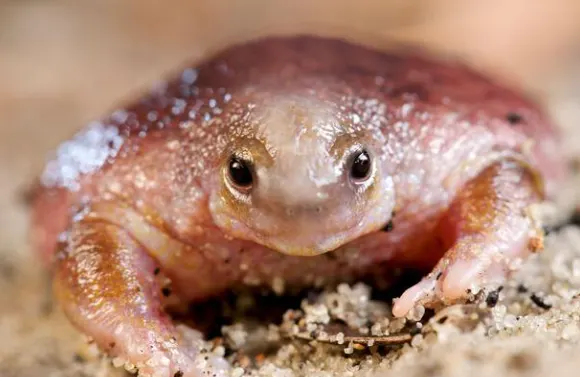
Found in Western Australia, the turtle frog is the only species in the Myobatrachus genus. These frogs resemble a turtle without a shell and are known for their termite-based diet. They typically make their homes near termite hills and are quite small, reaching only about 1.8 inches in length. The turtle frog’s closest relatives include the sandhill frog and the forest toadlet, which share similar habitats and characteristics.
Glass Frogs (Centrolenidae)
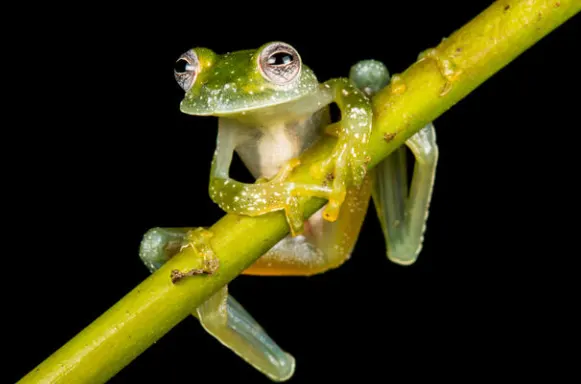
Glass frogs are a group of species within the Centrolenidae family, known for their nearly transparent skin. This unique feature allows one to see their internal organs, including unlaid eggs in females. Glass frogs are found throughout southern North America and northern South America. The degree of transparency varies among species, but all exhibit this fascinating trait that makes them look almost like living biology lessons.
Shovel-Headed Tree Frog (Diaglena spatulata)
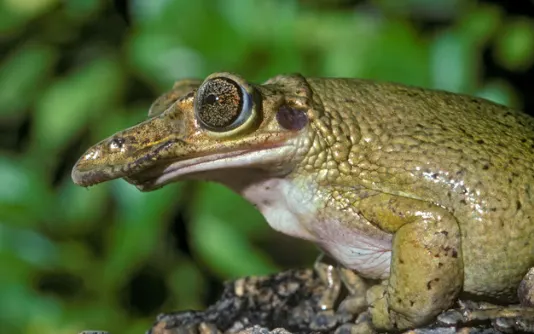
The shovel-headed tree frog, also called the Mexican shovel-headed tree frog, is endemic to Mexico, specifically the region between the states of Sinaloa and Oaxaca. These frogs are characterized by their distinctive shovel-shaped heads and can grow to be between 3.4 and 4 inches in length. Females are typically larger than males. This species is noted for its unique head shape, which aids in burrowing and feeding.
Goliath Frog (Conraua goliath)
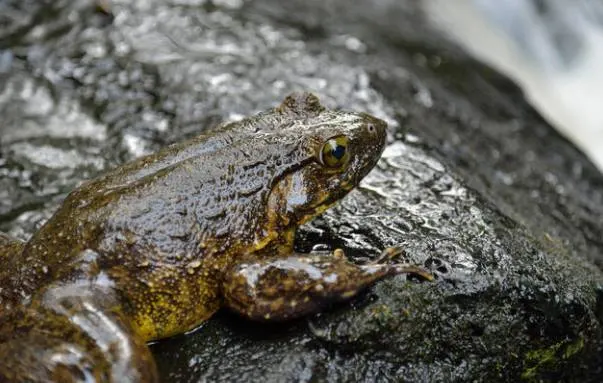
The Goliath frog, also known as the giant slippery frog or Goliath bullfrog, is the largest frog species in the world. These massive frogs can grow up to 12.6 inches in length and weigh as much as 7.2 pounds. They inhabit a small area in Cameroon and Equatorial Guinea. Due to their size, Goliath frogs have a substantial presence in their ecosystem but are also vulnerable to habitat destruction and overhunting.
These seven frog species demonstrate the incredible diversity and adaptability of amphibians. From hairy bodies and retractable claws to transparent skin and massive size, each of these frogs has unique traits that help them survive and thrive in their specific environments.
- Enchi Ball Python: A Unique and Stunning Morph of Python regius - March 27, 2025
- Emerald Tree Monitor: The Enigmatic Green Guardian of the Rainforest - March 26, 2025
- The Egyptian Cobra (Naja haje): A Fascinating Serpent - March 25, 2025
